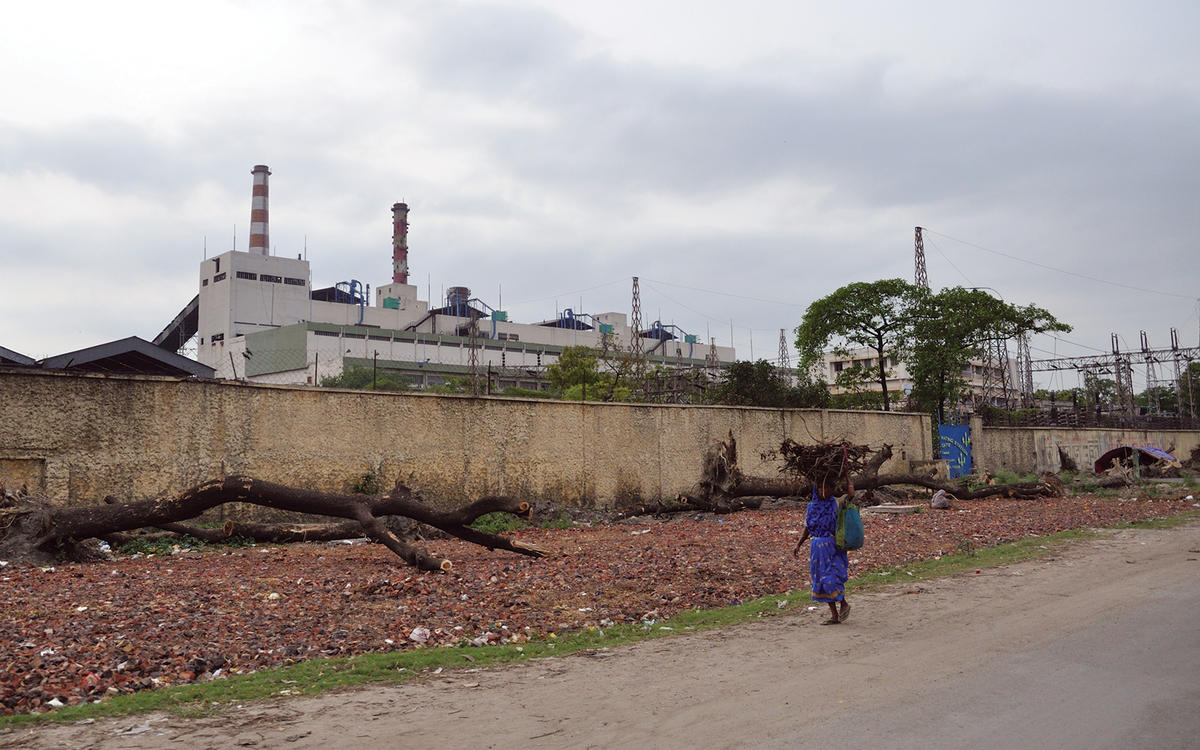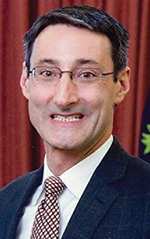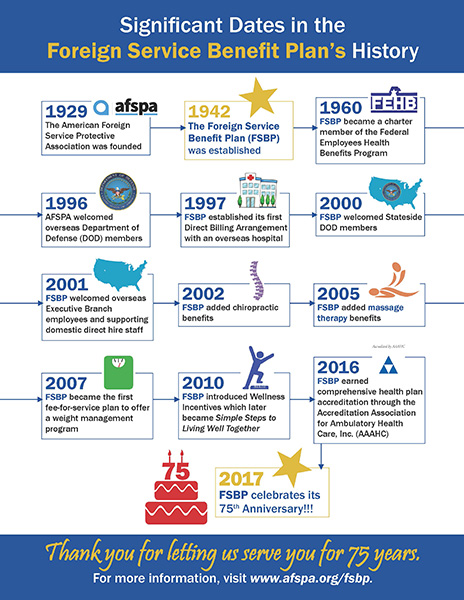The Path to PACE: How U.S. Diplomacy Accelerated Clean Energy Cooperation with India
A foreign affairs practitioner offers a ground-level guide to changing the world, one clean energy market at a time.
BY JASON DONOVAN

A solar-powered street light in a village in India.
Wikimedia Commons / IRRAD
I imagine just about every reader of The Foreign Service Journal has a personal conception of diplomacy. Over 18 years in the Foreign Service, I’ve come to see it as a process that begins with respecting the aspirations of nations on their own terms, visualizes where they could go in partnership with the United States and then mobilizes them toward realizing that vision. To illustrate this process, I’d like to offer an example from the Economic Section of Embassy New Delhi, where from 2009 to 2012 I was responsible for the bilateral energy portfolio.
India has 1.3 billion people, some 400 million of whom lack any source of electricity. Hundreds of millions more have only sporadic access to energy. In 2009 the country’s objective was first and foremost to increase energy production and access, and only secondarily to maximize energy efficiency and clean energy use. Could India leapfrog over the dirtiest forms of energy to meet a significant part of its vast energy needs using clean sources?
From the United States’ vantage point, clean energy represented one of the new Obama administration’s top three policy priorities. The idea was to push the envelope in developing cost-effective clean energy, while capitalizing on the boom in natural gas as a bridge fuel from more- to less-polluting forms of power generation. Could Washington’s pursuit of a clean energy economy also help secure low-carbon, sustainable economic growth for partners like India?
To chart the confluence of these distinct aspirations and catalyze efforts to realize them, in 2009 New Delhi and Washington worked together to create the Partnership to Advance Clean Energy. Over the past eight years, PACE has helped create a $4 billion bilateral clean energy market and facilitated multifaceted cooperation in developing clean energy and fighting climate change.
Establishing Ground Rules for Collaboration
Within the broader context of the ongoing U.S.-India strategic dialogue, Embassy New Delhi worked closely with host-country contacts to design a framework for cooperation on clean energy and climate change. While that framework built on a number of existing, small-scale technical assistance projects, it also reflected the new administration’s call for a far more ambitious clean energy agenda.
With that in mind, we negotiated a bilateral memorandum of understanding that became one of five pillars of the overall U.S.-India strategic dialogue—and marked the formal policy adoption of PACE.
As many previous contributors to this magazine have pointed out, official visits represent a fruitful mechanism through which to bring policy ideas over the finish line. This is most clearly visible at the head-of-state level, but the same benefits can flow from trips by Cabinet officials and high-ranking civil servants. During President Barack Obama’s first months in office, senior officials from the Department of Energy, National Security Council, Overseas Private Investment Corporation, Export-Import Bank and the Trade Development Agency all traveled to New Delhi to probe the potential for bilateral clean energy collaboration. Some senior Indian officials reciprocated those visits, of course.
That outreach paved the way for the November 2009 trip to Washington by Indian Prime Minister Manmohan Singh—the first state visit of the Obama administration—and Pres. Obama’s first visit to India a year later. Embassy New Delhi, Washington interagency stakeholders and our Indian counterparts used these visits as action-forcing events to deepen the high-level commitment on both sides to make the Partnership to Advance Clean Energy a reality.
A Big Enough Sandbox for Everyone
From the outset, the NSC played a pivotal role, endorsing the PACE concept and using its convening power to bring together all U.S. government stakeholders. In relatively short order, a dozen U.S. agencies and departments joined the initiative. Through this process, we learned to frame our objectives broadly enough to allow many different organizations to help realize a deliberately ambitious agenda. It was critical for diverse participants each to be able to add unique value, be mutually supportive and avoid wasting time with turf battles.
Over countless conference calls between Washington and New Delhi, we became one U.S. team working to shape PACE and a coherent strategy for its implementation. Through iterative conversations, we identified the resources and expertise that each stakeholder organization could bring to the table. We used the time in between calls to socialize prospective commitments within our respective organizations and with our Indian counterparts, reality-checking our aspirations and inevitably recalibrating as we went.
Converting the political will behind PACE into meaningful, wide-scale dissemination of clean energy technology also meant creating an enabling environment for clean energy markets to develop. That, in turn, required extensive technical training and capacity building, regulatory policy development, collaborative research and financial investments both small and large. In short, the vision and the brand of PACE needed to be many things to many different players, since the figurative, as well as literal, buy-in required myriad champions.
While government agencies were the primary drivers of the initiative, the Indian-American diaspora—tech-savvy and well represented in science and engineering-intensive businesses and academic organizations—helped mobilize additional Indian support.

The Titagarh Generating Station in Kolkata, built in 1983, is a 240-megawatt coal-fired power plant. About 75 percent of India’s electricity is produced by coal-fired plants.
Wikimedia Commons / Biswarup Ganguly
Setting the PACE
As we implemented PACE, we identified three distinct lines of effort within the broader initiative: research and development, deployment and financing. The organization with the strongest core competency and track record of work in each focus area naturally took the lead in that line of effort and brought along partner organizations.
The Department of Energy led the clean energy research and development effort, which we nicknamed PACE-R. The U.S. Agency for International Development and Embassy New Delhi led efforts to supply the policy and technical assistance necessary to create an enabling environment for rapid and widespread clean energy deployment: PACE-D. In addition, OPIC, ExIm Bank and TDA collaborated to set up a Clean Energy Finance Center focused on the specific challenges associated with clean energy finance. All the while, each of these subgroups remained open to including new partners, and leveraged their pooled resources to bring others together in turn.
The example of PACE-R is illustrative. Led by the Department of Energy, which oversees the tremendous expertise resident in multiple national energy laboratories, the PACE-R team came up with an innovative competitive model to spur public-private cooperation. DOE pledged $25 million over five years to fund three consortia with the best proposals to advance breakthroughs in solar energy, biofuels and energy-efficient buildings. The Indian Ministry of Science and Technology matched the U.S. investment.
Because consortia had to commit their own financial resources (equal to the combined public bilateral commitment), they attracted labs and academic institutions working with companies seeking to commercialize cutting-edge innovations within a relatively short timeframe. All told, the $25 million contribution of each government leveraged a three-part, $100-million collaborative research program involving scores of organizations and companies from both countries.
As this competition got underway, a nongovernmental organization (NGO) approached Embassy New Delhi to voice concern that the expertise of Indian environmental organizations was not sufficiently included. The NGO was prepared to go public with its condemnation; but instead, we enlisted its aid to spread the word about the funding opportunity. That ultimately induced many more Indian stakeholders to sign on as consortium partners.
A remarkable 27 consortia competed for the awards. While we could only fund three of the groups, the remaining 24 built up relationships with one another that did not exist before. Four years later, U.S. and Indian officials announced they would extend the existing consortia for another five years and launch a new, fourth consortium to focus on smart grid and energy storage technology. This willingness not only to keep the program going, but also to expand investment in cooperative clean energy R&D reflects the durability of the collaborative model PACE created.
Diplomacy in Action

A farm in Tamil Nadu uses solar power to run its water pumps and lights.
Wikimedia Commons / PWRDF
The success of the R&D prong is perhaps even more apparent in the proliferation of finance and deployment initiatives of PACE. Since its inception, multiple new finance mechanisms have been initiated to complement the original Clean Energy Finance Center. These include a finance coordination hub, a finance task force, and investment facilities for everything from large-scale power purchase agreements to smaller-scale financing to improve energy access, rooftop solar uptake and rural micro-grid development.
For its part, the PACE-D team helped develop the regulatory frameworks, skilled labor pool and business models needed to scale up rooftop solar projects and promoted adoption of energy-efficient building standards, since much of India’s infrastructure has yet to be built. India has since deployed some 230 million energy-efficient lights and is setting global lighting test standards. This extensive joint engagement has enabled emerging American clean energy companies to expand their markets, while contributing to a shared clean-energy mission.
It is no accident that the same U.S. company that installed India’s first grid-connected commercial solar power plant has now installed about one gigawatt of solar capacity (comparable to that of a coal or nuclear power plant). It has mounted solar panels on more than 700 rooftops in India. Similarly, an American startup company furnishing off-grid electricity to rural villages was one of the early recipients of PACE financing, and now supplies some 200,000 people in 300 villages with electricity, where they previously had none.
The ambitious scope of PACE has unleashed a wide range of parallel and follow-on initiatives, involving government at all levels, international financial institutions, NGOs, labs, universities and businesses. So it is understandable that political support for PACE remains strong in India, even following its change of government in 2014. Prime Minister Narendra Modi, who previously served as chief minister of Gujarat, a state that is one of India’s most advanced solar power producers, recently announced he would increase his country’s renewable energy target to 175 gigawatts by 2022, 100 gigawatts of it solar.
While always aspiring to something broader, the PACE diplomatic initiative helped realize a vision of two countries together creating a vibrant, growing and sustainable clean energy economy. Much remains to be done, both in India and in many other parts of the world, but it is fair to say PACE has gotten off to a good start and has a truly bright future.










